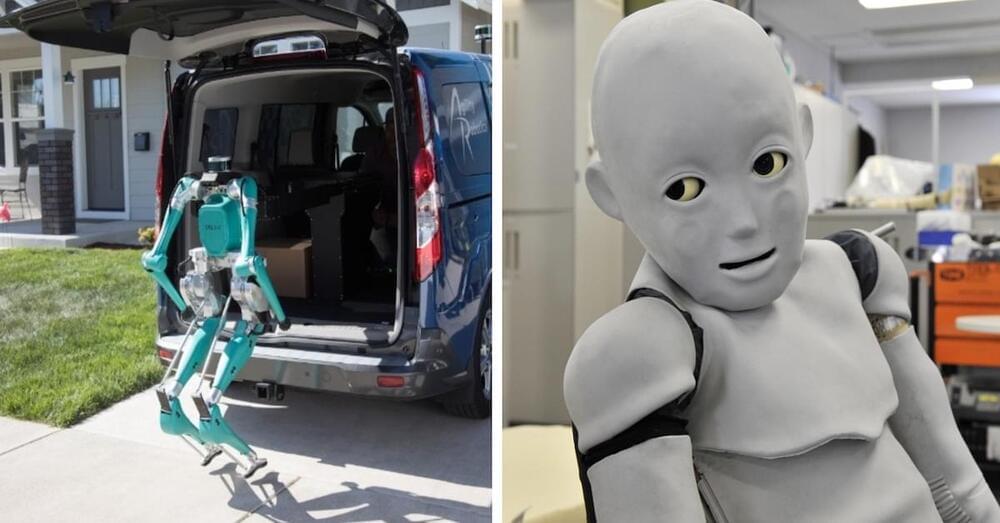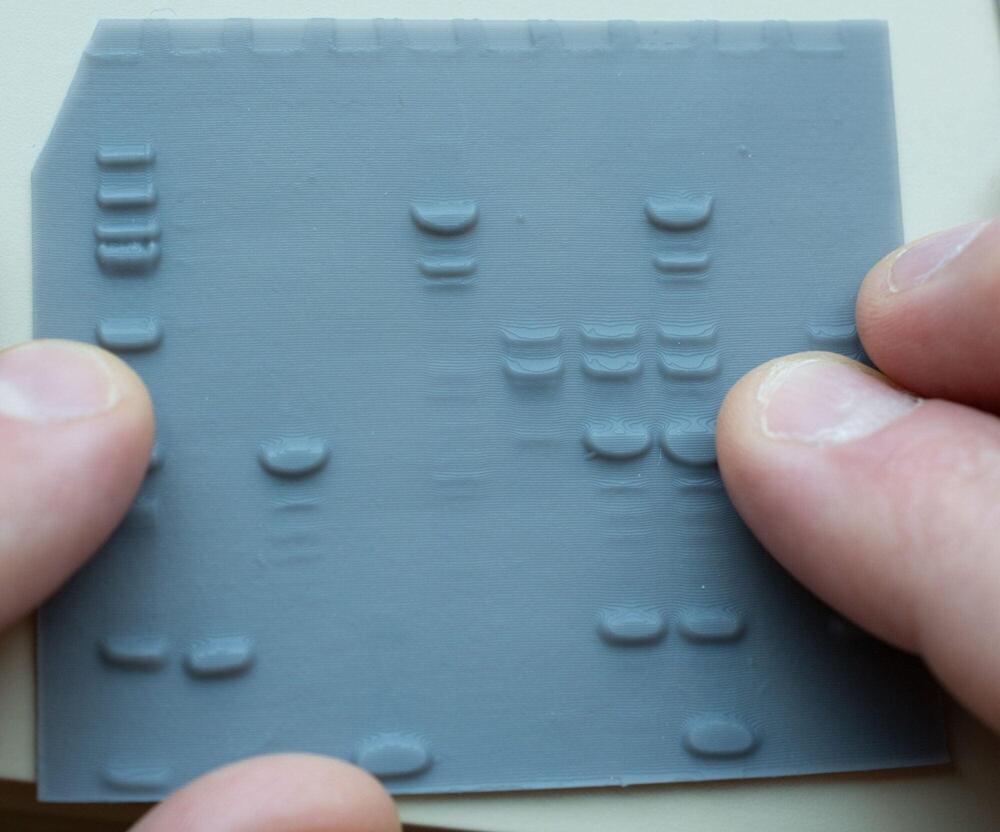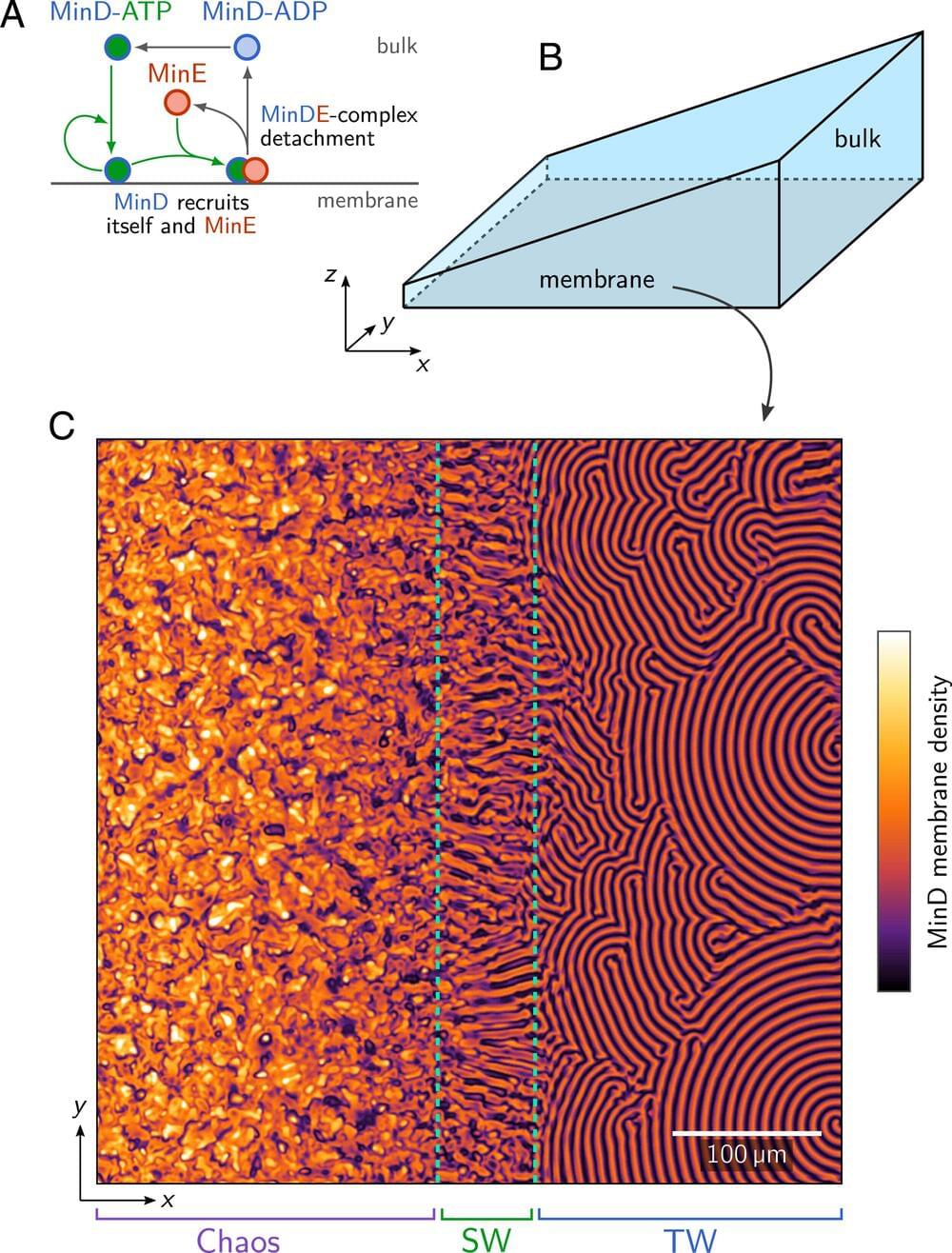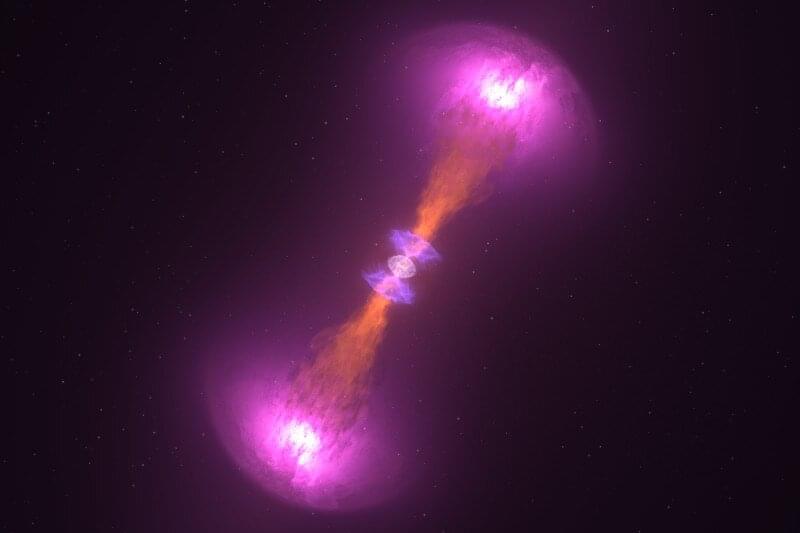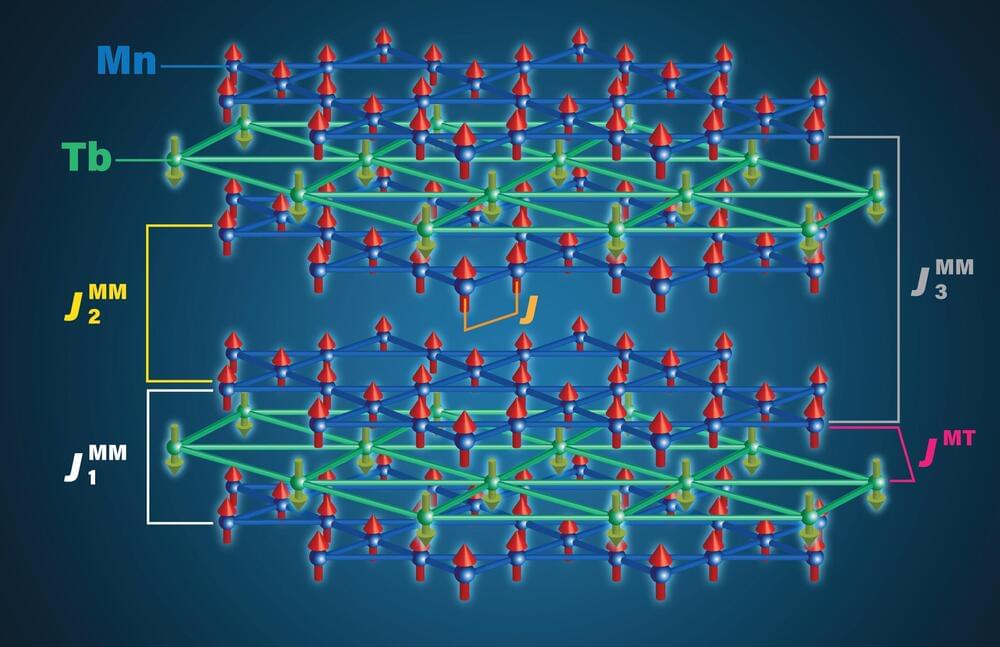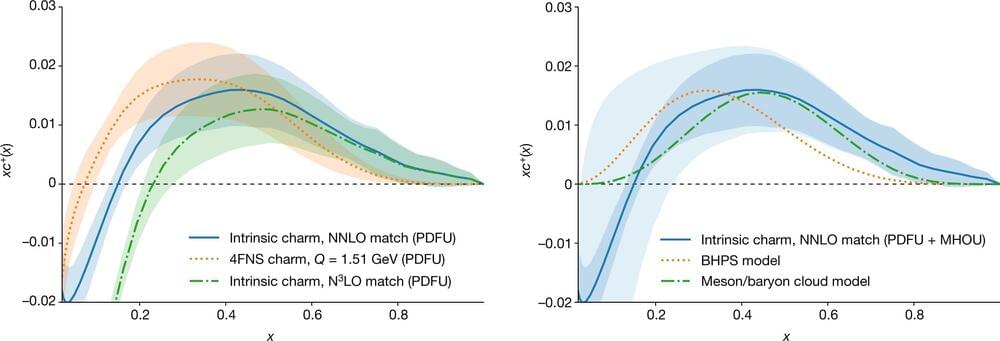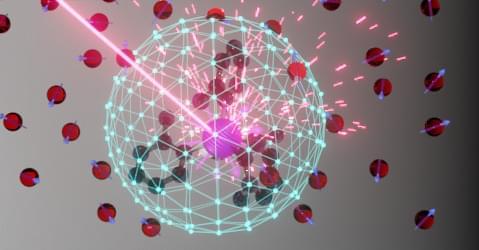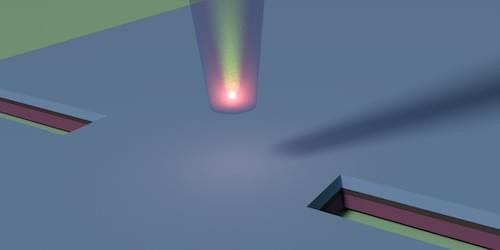How intelligent can robots get?
Robots are getting smarter, which means they are better able to execute our commands. A number of different companies worldwide focus their attention on creating robots but one company in particular is really taking the lead on this lofty goal: Google.
A new language modelAccording to Fast Company, Google is achieving this feat through its latest milestone in robot software research — a new language model called PaLM-SayCan (Pathways Language Model).
Remember, in 2017, when Elon Musk said that in a few years, robots would move so fast that you will need a strobe light to see them? Good. So do we. The modern age of robotics embodies some of the highest levels of engineering and human ingenuity. However, when people talk about these machines, they can be very opinionated. There sometimes seems to be no middle ground when people discuss robotics. Some people either think robots are amazing, or are worried they will take your job, or fear they will eventually over the world.
Robots will continue to become more advanced. Over the past few years, we have seen established companies and start-up-made debut machines that can move like us, and even talk like us.
